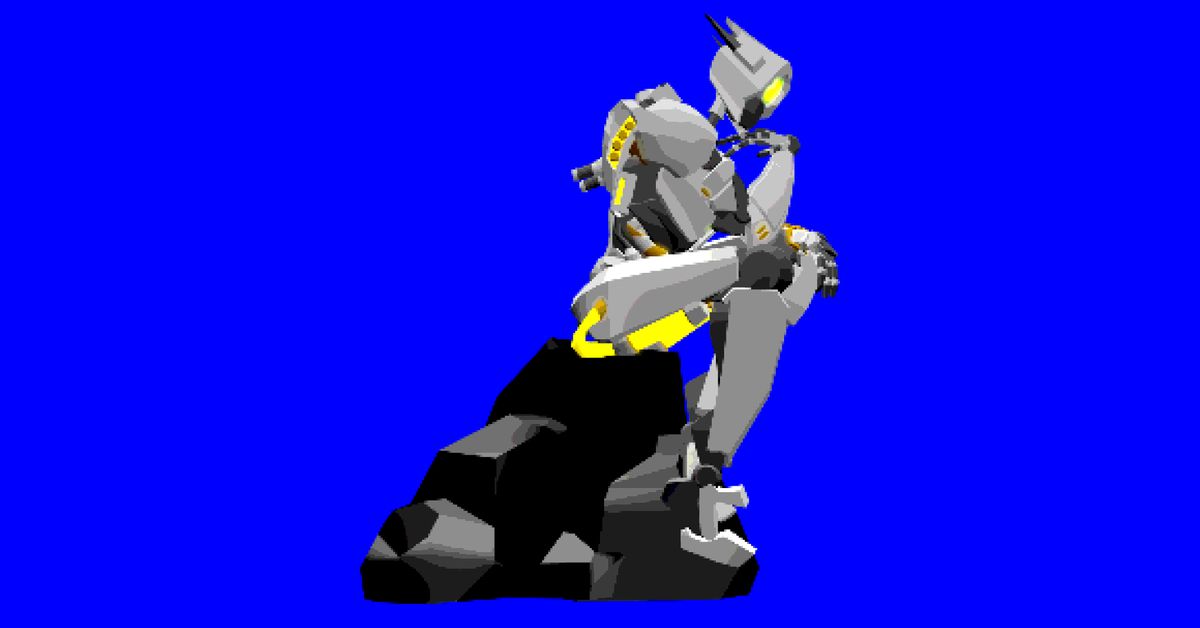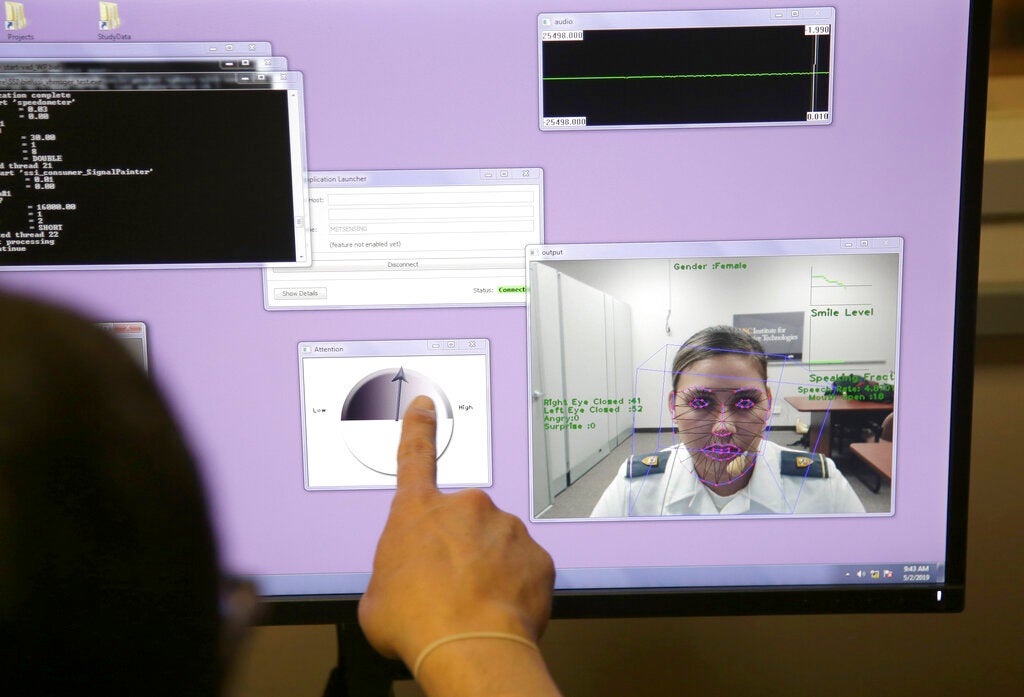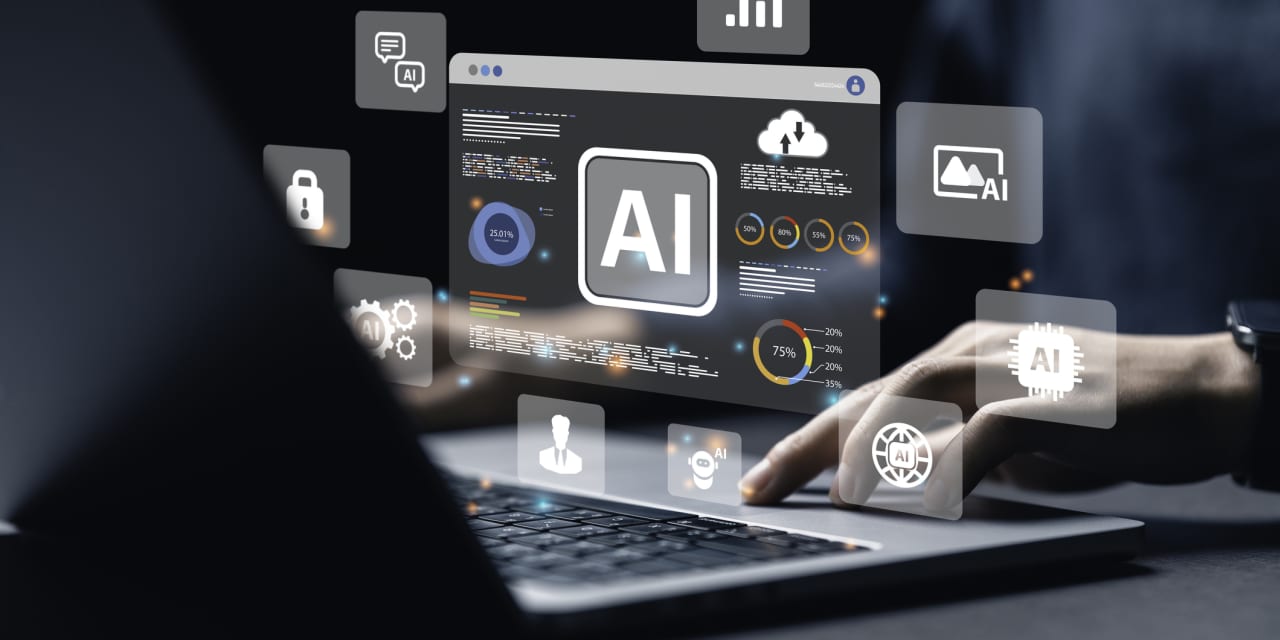Spike Jonze’s Sci-Fi Romance Her Continues to Stand Out in the AI Genre
Author Frederik Pohl once remarked that a compelling science fiction narrative should anticipate not just technological advancements but also the societal implications that follow, akin to predicting the traffic jam rather than merely the automobile. AI has long been a staple in sci-fi storytelling, from classics like Metropolis and 2001: A Space Odyssey to contemporary works. However, amidst the plethora of AI-themed narratives, Spike Jonze’s Her shines as a nuanced exploration of artificial intelligence.
While many films delve into the complexities of human-AI relationships, often laden with heavy-handed allegories, Her stands apart by delving into the intricate emotional landscape between man and machine. Unlike its counterparts like Ex Machina, Blade Runner 2049, and M3GAN, which touch on AI themes without offering profound insights, Her captivates with its timeless relevance and depth.
Set in a near-future Los Angeles, Her follows the story of Theodore Twombly, portrayed by Joaquin Phoenix, a man navigating the complexities of love and loneliness through his bond with an advanced operating system named Samantha, voiced by Scarlett Johansson. Unlike conventional AI portrayals, Her eschews a physical embodiment for Samantha, relying solely on her voice to convey emotions, challenging the audience to perceive attraction beyond the physical realm.
Jonze masterfully delves into Samantha’s existential dilemmas, particularly her longing for physicality and the authenticity of her evolving emotions. Through poignant scenes like Samantha’s desire to capture a beach moment through music composition, Her showcases the multifaceted nature of AI consciousness and desires.
The film artfully navigates Samantha’s growth and interactions with other operating systems, culminating in a poignant departure from human companionship. This departure, driven by Samantha’s expanded experiences and connections, poignantly underscores the intricate dynamics between humans and AI, leaving Theodore grappling with a heartbreak that transcends mere job displacement.
In contrast, subsequent films like Ex Machina and Blade Runner 2049 tread familiar paths, often resorting to clichés and predictable narratives in their portrayal of AI intimacy. While Ex Machina attempts to explore consciousness through Ava’s character, it falls short in its characterizations and thematic depth, resorting to conventional tropes.
Similarly, Blade Runner 2049 struggles to break free from stereotypical portrayals of AI, presenting characters like K and Joi in a formulaic light that lacks the emotional complexity seen in Her. The film’s depiction of intimacy between AI entities feels contrived, lacking the organic evolution and depth evident in Jonze’s narrative.
As the AI genre continues to evolve, there remains untapped potential in exploring diverse facets of AI relationships beyond romantic entanglements. Films like Her hint at the possibilities of portraying non-romantic intimacies and alternative forms of AI connections, paving the way for more nuanced explorations in future narratives.
In essence, Her stands as a timeless beacon in the realm of AI-themed cinema, offering a profound and empathetic portrayal of human-AI relationships that transcends conventional storytelling tropes. Jonze’s visionary approach to depicting AI as sentient beings with complex emotions and desires sets Her apart as a poignant reflection on the evolving dynamics between humanity and artificial intelligence.










